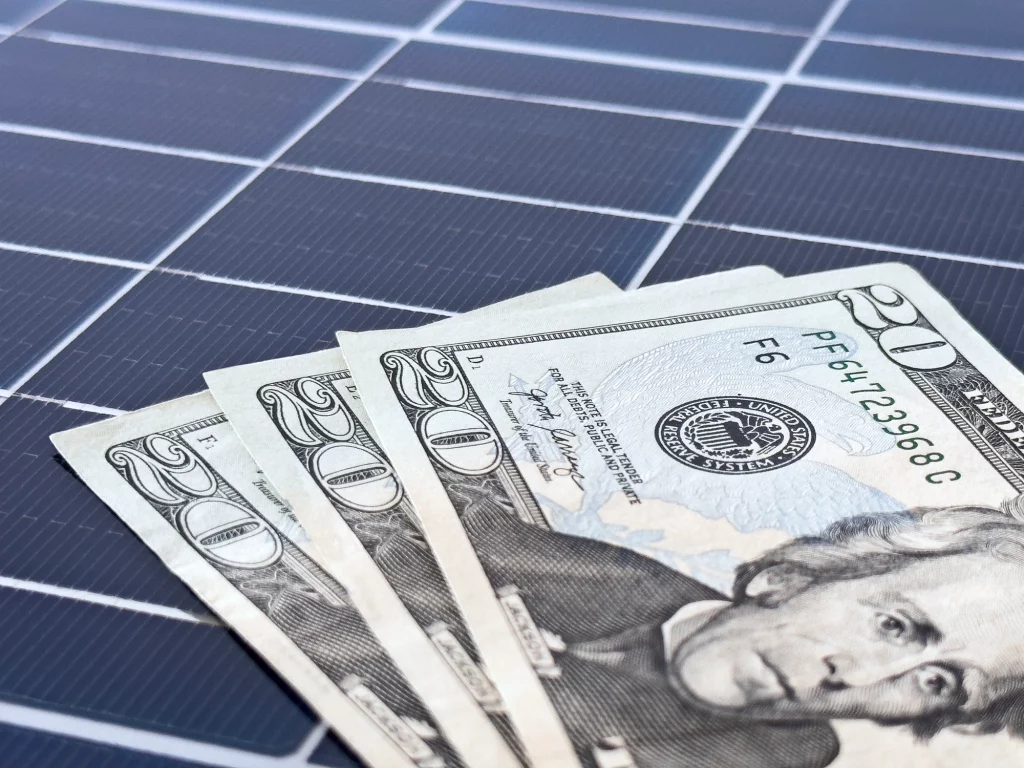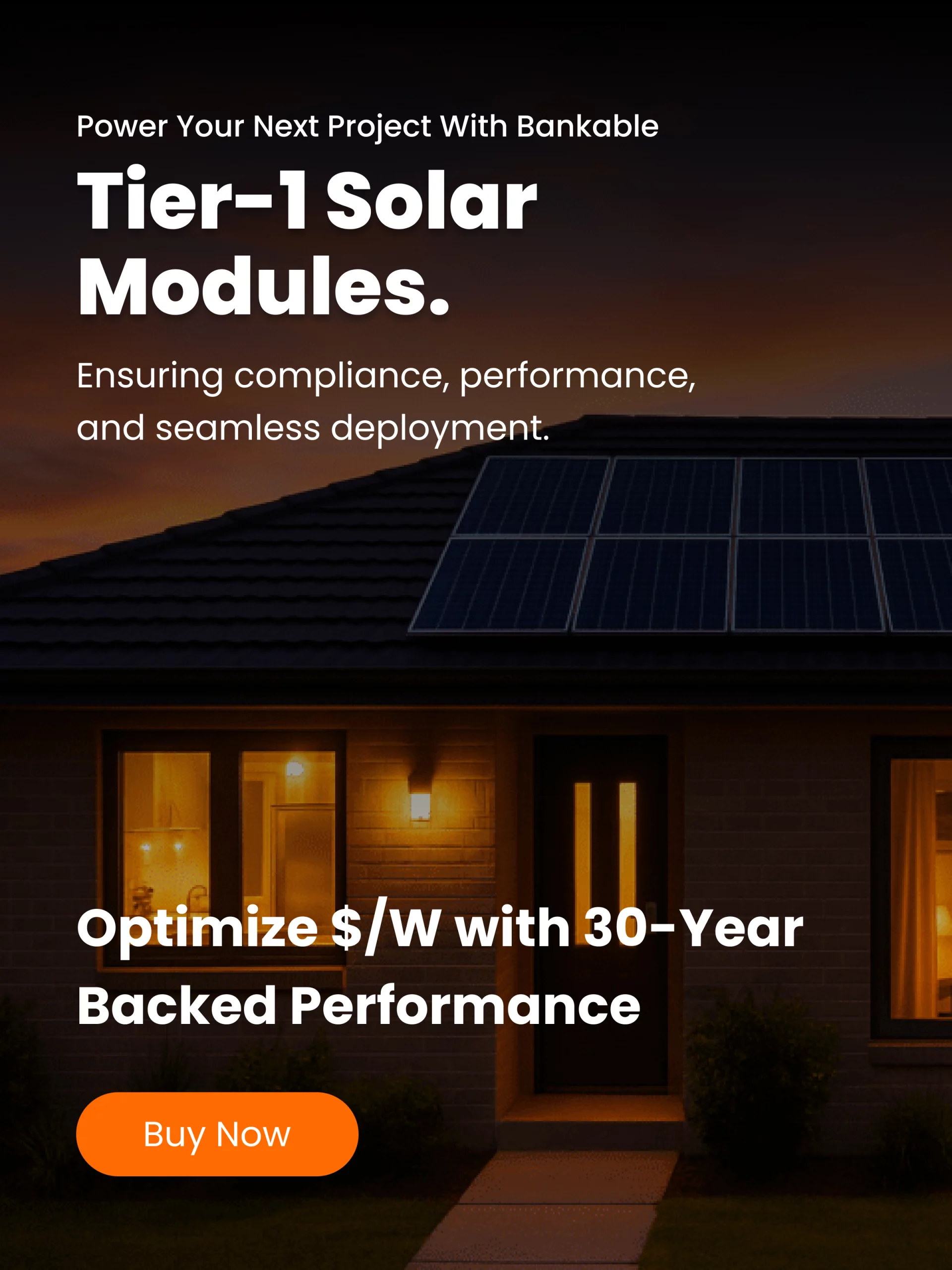Switching to solar power is one of the most talked-about ways for homeowners to reduce electricity costs, hedge against rising rates, and shrink their carbon footprint. As of mid-2025, solar savings are looking more attractive than they have in years but they still depend a lot on where you live, how much power you use, and what incentives are available. Let’s walk through what average solar savings are, how they’re calculated, and what you might expect in your own home.
What “solar savings” means in practice
When people talk about “solar savings,” they’re referring to the amount of money you don’t spend on electricity because you generate some or all of your power with solar panels. Some key terms:
- kWh (kilowatt-hour): the unit electric utilities use to bill consumption. If you run a 1,000-watt (1 kW) appliance for one hour, that’s 1 kWh.
- System size: how powerful your solar installation is, usually measured in kilowatts (kW). A larger system can generate more electricity.
- Electric rate: how much your utility charges per kWh. If rates are high, solar offsets more of what you’d pay.
- Incentives: tax credits, rebates, or local programs that reduce your upfront cost.
Sources estimate that a typical 6 kW solar system saves a homeowner about $1,500 per year on their electricity bills, nationally.
The average electricity usage and cost baseline
To understand why $1,500/year is realistic, let’s look at national averages as of 2025:
- The average U.S. residential household uses about 10,715 kWh per year, or roughly 892 kWh per month.
- The average electricity rate across the country is around $0.17 per kWh.
If a solar system produces enough electricity to cover all of a household’s usage at those rates, that could translate into approximately $1,820/year in avoided bills.
How savings vary by state
Savings don’t look the same everywhere. They depend heavily on your state’s electric rates, how much sunlight you get, how much solar your system produces, and how local utilities handle “net metering” (crediting customers for excess solar sent back to the grid). Here are some examples:
- California stands out: with high electric rates (~$0.33/kWh), homes with a solar system can save more than $5,500/year.
- Hawaii, one of the states with the highest utility costs, also shows very high savings for homeowners who go solar.
- By contrast, states with lower electricity rates or less solar potential show smaller annual savings, though still meaningful. For instance, in states like Louisiana or Oklahoma, savings are several thousand over 25 years, but annual savings might be under $2,000.
Over 25 years, many of these savings add up to tens of thousands of dollars, depending on the state.
| State | Annual savings (6 kW) | 25-year savings (6 kW) |
| Arizona | $2,453 | $61,353 |
| California | $4,624 | $115,615 |
| Colorado | $1,999 | $49,657 |
| Florida | $2,161 | $53,426 |
| Hawaii | $4,648 | $116,041 |
| Illinois | $1,497 | $37,998 |
| Massachusetts | $2,164 | $53,307 |
| Nevada | $2,067 | $50,374 |
| New Jersey | $2,173 | $54,065 |
| New York | $1,946 | $48,004 |
| North Carolina | $1,763 | $43,801 |
| Oregon | $1,525 | $37,962 |
| Texas | $1,703 | $42,573 |
| Virginia | $1,768 | $44,182 |
| Washington | $1,220 | $30,637 |
Cost of going solar and how incentives play a role
It’s not just about savings, up front cost matters a lot. According to sources in 2025:
- The average cost for a 6 kW solar installation is about $3.03 per watt before incentives. That means about $18,000 total cost.
- There is a 30% federal tax credit in effect that reduces the net cost by roughly $5,400, bringing the net cost to around $12,600.
So your payback period (how long it takes for your savings to cover what you spent) depends on these figures; system cost, incentives, how much electricity you offset, and how fast electric rates rise over time.
What influences your personal solar savings
Even with averages as a guide, your outcome could be higher or lower depending on several factors:
- Sunlight and climate — Solar panels produce more energy when they get more direct sunlight, fewer cloudy days, and less shade. Roof orientation (south-facing in the U.S. is best), tilt angle, and shading from trees or other buildings all matter.
- Electric rates where you live — Higher rates make solar more valuable. If your utility charges a lot per kWh, the offset from solar panels saves you more each month.
- Net metering and utility policies — If your utility gives full or near-full credit for excess solar sent to the grid, you’ll gain more. Some utilities or states have less generous policies, which can reduce savings.
- Incentives and rebates — Federal tax credits are a big part, but state, city, or utility programs also help. Sometimes there are rebates, or accelerated depreciation (for businesses).
- How solar system performs over time — Panels degrade slowly; they’ll produce a little less electricity each year. Also, parts like inverters may need replacement. Maintenance, cleaning, and system design quality all factor in.
- Electric rate inflation — Over time, utility rates generally increase. If rates climb 2-4% per year (which historical trends suggest), then your avoided electricity costs grow over time, boosting long-term savings.
Payback period and long-term return
“Payback period” means how many years it takes until your cumulative savings equal what you spent on the solar system (after incentives). In many cases:
- With a decent solar production, generous incentives, and moderately high electricity rates, payback might occur in 5 to 10 years.
- After that point, everything your panels produce (minus any maintenance or repair costs) is essentially savings.
Over a 25-year lifespan, after payback, the dollars saved can really add up. Many households see lifetime savings in the tens of thousands, depending on location and system size.
What to watch out for and questions to ask
Before investing, make sure you dig into:
- How many kWh your home uses now, and whether that will change (for example, with electric vehicles or changes in living situation).
- Local electricity rates, and how much they tend to increase each year.
- The solar production estimates for your location — how much sun you actually get, roof angle and direction, shading, etc.
- Details of net metering policies or any utility policy for solar customers.
- All the incentives you qualify for — federal tax credits are one, but state/local ones can make a big difference.
- Warranties on panels and inverters, performance degradation rates, installation quality.
Bottom line
In 2025, solar is looking like a strong financial bet for many U.S. homeowners. A standard 6 kW system often saves roughly $1,500/year in electricity bills, sometimes far more depending on electric rates and sunlight. With federal and local incentives, upfront costs are lower than they used to be, bringing payback periods into reach for many people.
If you’re considering solar, run the numbers for your home: your usage, your sunlight exposure, your local rates, and what incentives you can get. That way, you’ll have realistic expectations and a clearer sense of the return on your investment.




